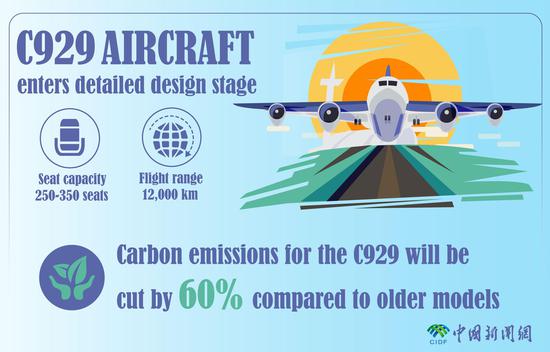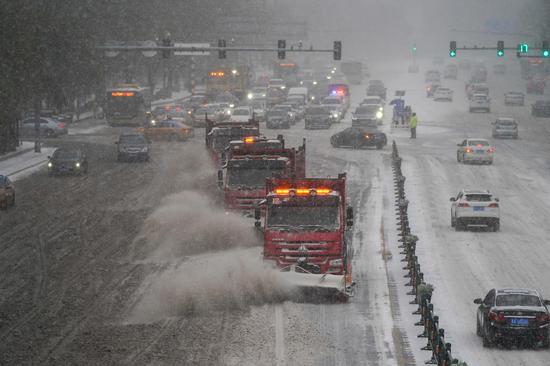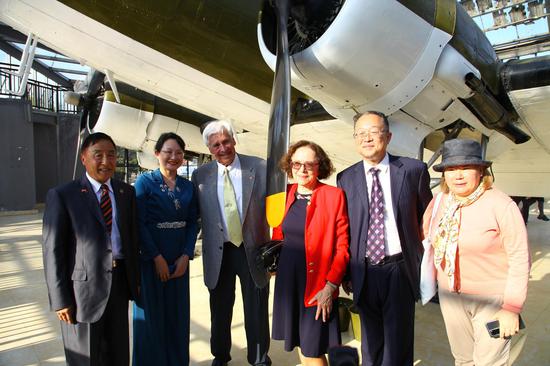
Unit 3 of the Fangchenggang nuclear power plant in China's Guangxi Zhuang autonomous region, the first Hualong One nuclear unit built in western China. (Photo provided to chinadaily.com.cn)
China has carried out the country's first large-scale, air-based survey of radiation levels inside its nuclear power plants and their surrounding regions, which testifies to the safety of the nation's nuclear industry.
Organized by the China Atomic Energy Authority, the 10-month survey covered eight nuclear power plants on the Chinese mainland, including Qinshan, Sanmen, Tianwan and Xudapu, and their surrounding areas.
During the nationwide operation that took place over the past two years, aircraft sent by the Airborne Survey and Remote Sensing Center of Nuclear Industry, a China National Nuclear Corp subsidiary in Shijiazhuang, the capital of Hebei province, measured radioactivity levels and collected related data about the nuclear facilities and their surrounding regions, covering a total area of 53,970 square kilometers.
The survey was conducted by two modified Cessna 208B utility planes with airborne gamma-ray energy dispersive spectrometers.
After analyzing more than 1.15 million groups of data, researchers from the Shijiazhuang center concluded that the nuclear power plants' operations have no negative impact on their surrounding environment.
"The radioactive conditions around these nuclear power plants have been thoroughly measured and analyzed, which put an end to the absence of airborne monitoring data about radiation levels in our country's nuclear power units," said Liang Chunli, a senior researcher and deputy director of the Shijiazhuang center.
"Such information will provide accurate positioning support for strengthening comprehensive protection systems and will serve as a technical basis for improving protective designs," Liang added.
This work has also enabled engineers to compare the nuclear power plants' current radioactivity levels with those collected through other means in the past. The results show that the plants' operations are environmentally safe, he told reporters during a media tour of the center last month.
"The results of the airborne survey are expected to help resolve the safety concerns of members of the public and will enhance local governments' acceptance of nuclear power facilities," Liang said.
It is a common practice for the United States, France and other nuclear power users to carry out air-based radiation level surveys every three to five years, said Yang Jinzheng, a senior researcher at the Shijiazhuang center.
"Unlike traditional ground-based methods, airborne surveys can conduct large-scale monitoring more quickly and efficiently, without being restrained by difficulties such as rough terrain. They can provide data support for the determination of pollution range and its level in the event of a nuclear plant accident," he added.
According to the China Nuclear Energy Association, 55 nuclear power units are in operation on the mainland, with a total installed capacity of about 57 million kilowatts. There are also 24 nuclear power units under construction, with a total installed capacity of around 27.8 million kilowatts. These have made China the second-largest user of nuclear energy in the world.
Nuclear power generation will account for 10 percent of the country's total electricity generation by 2035, equivalent to cutting 920 million metric tons of carbon dioxide emissions, the association said in September.


















































 京公网安备 11010202009201号
京公网安备 11010202009201号